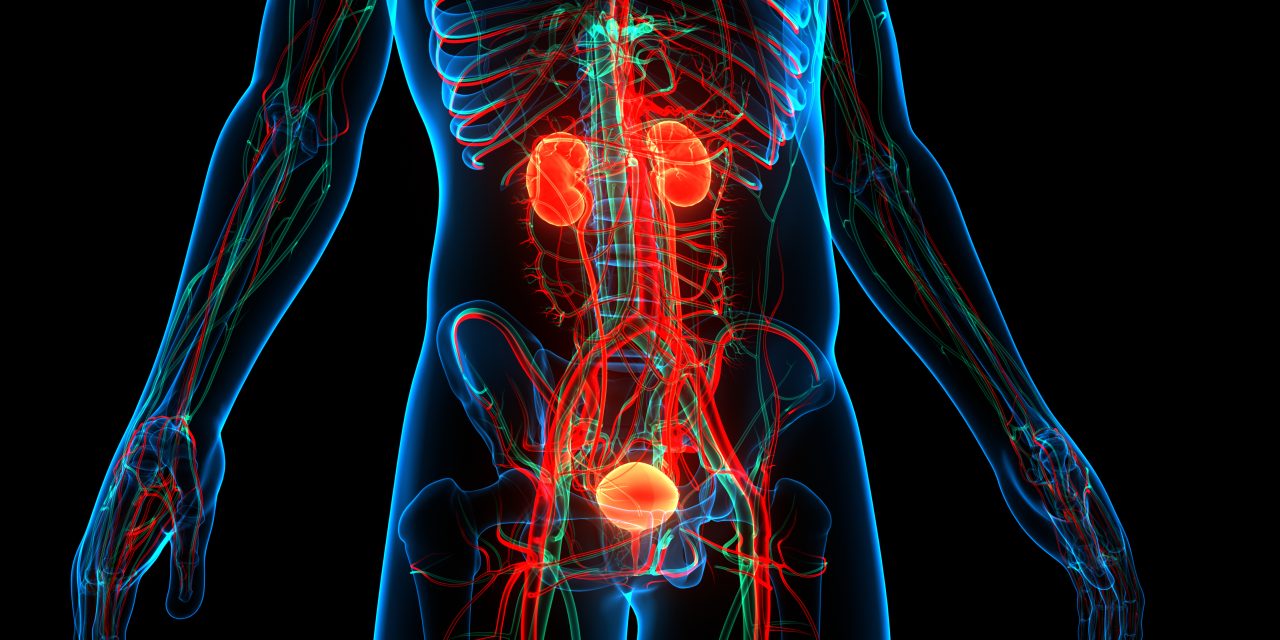Evaluating the epidemiology, pattern, and contributing factors of sexual dysfunction in end-stage renal disease (ESRD) patients is the cornerstone in understanding and enhancing these patients’ quality of life. In this study, we aimed to identify the different patterns of erectile dysfunction (ED) among 100 patients undergoing hemodialysis.
A single-center, cross-sectional, study was conducted on 100 patients with ESRD on hemodialysis. Patients were assessed using the International index of erectile dysfunction (IIEF) and Doppler assessment of the penis.
A total of 100 patients were included in this study with a mean age of 48.77 ± 9.66 years old. The mean erectile index was 7.10 ± 4.62; while the mean free and total testosterone were 10.07 ± 7.69 and 2.93 ± 1.4 ng/dL, respectively. Overall, 67% of the patients had abnormal hormonal levels. Concerning the penile vasculature, 71% of the patients had arterogenic importance and 19% had venous impotence. The comparative analysis demonstrated that hypertensive patients had lower erectile index ( = 0.002). In addition, smokers had lower erectile index ( < 0.001). There was statistical significance between normal hormonal and abnormal hormone level according to erectile index, with lower index in patients with abnormal hormonal level ( = 0.03).
In conclusion, our findings indicate that the most common causes of ED with renal failure were hormonal disturbance, including testosterone, and prolactin. Hypertension and smoking are major contributing factors that should be managed carefully to reduce the risk of ED and improve the quality of life.
Erectile dysfunction pattern in patients with end stage renal disease on regular dialysis.


